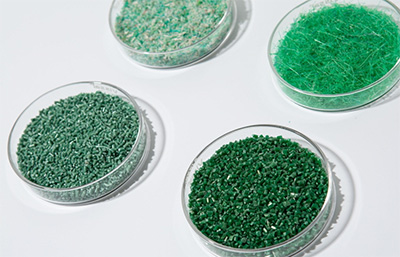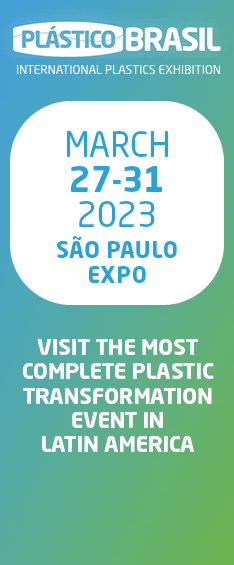| Plastics News |
LG Chem signs MoU with NETSPA to use marine plastics waste as raw material for its pyrolysis plant
January 30, 2023 - LG Chem announced that it entered into an Memorandum of Understanding (MoU) for building a resource circulation system by recycling marine wastes with NETSPA, a leading company in resource circulation on January, 12th. Through this MOU, LG Chem will be able to stably secure raw materials for its Seokmun National Industrial Park pyrolysis oil plant in Dangjin, Chungnam, which is scheduled to begin operations in 2024. Once NETSPA sorts and processes plastics from marine wastes, LG Chem will use it to produce recycled plastics. The two companies hope to not only protect the marine ecosystem but also reduce carbon emissions through this resource circulation partnership. About 50,000 tons of marine wastes, such as discarded fish nets, are generated every year in Korea. But collecting the wastes has been difficult, and even if they are collected, it has been difficult to treat. Therefore, most of the wastes were left neglected or incinerated. LG Chem and NETSPA anticipate that using it as materials for recycled plastic will help reduce marine waste while reducing carbon emissions by three-fold compared to other fossil fuel-based products. LG Chem Petrochemicals Company President KUG LAE, NOH stated, “We will further accelerate eco-friendly technologies and businesses for sustainable growth in the future such as marine waste resource circulation.” Meanwhile, since declaring 2050 Net Zero, LG Chem has been putting the spurs to new sustainable, eco-friendly businesses such as launching eco-friendly plastics using bio-materials, establishing a bio-mass power plant joint venture, producing plastics through carbon capture, etc. Source: LG Chem
|


